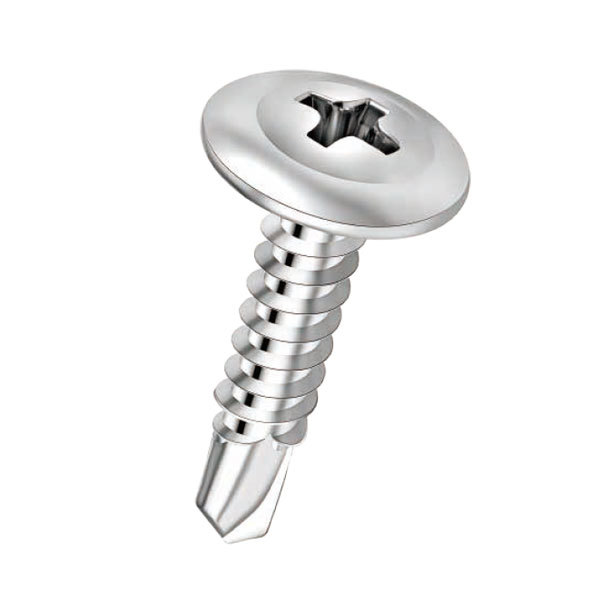buy plastic drywall wall anchors screw
Understanding and Utilizing Plastic Drywall Wall Anchors for Your Projects
When embarking on home improvement projects or even just hanging pictures, selecting the right tools and materials is crucial. One often overlooked, yet essential component in these tasks is the wall anchor, specifically plastic drywall wall anchors. These anchors provide secure and reliable fastening points in drywall, allowing you to hang various items without the fear of them falling off the wall. In this article, we will explore what plastic drywall wall anchors are, how they work, and when to use them.
What Are Plastic Drywall Wall Anchors?
Plastic drywall wall anchors are small plastic devices that are inserted into the wall to provide support for screws. They are particularly designed for usage in drywall, which, while convenient for construction, can be overly fragile when it comes to supporting heavy objects. These anchors come in various sizes and designs; however, they generally feature a hollow body that expands when a screw is inserted. This expansion creates a stronger hold against the drywall, significantly enhancing the anchor's ability to support weight.
How Do They Work?
The operation of plastic drywall wall anchors is quite straightforward. First, a pilot hole is drilled into the drywall. The diameter of this hole typically corresponds to the size of the anchor you are using. Once the hole is prepared, the anchor is pushed into the wall. As you screw a screw into the anchor, the plastic expands, gripping the drywall and distributing the load across a larger area. This makes it possible to hang items like shelves, picture frames, and even heavier fixtures without compromising the integrity of your walls.
When to Use Plastic Drywall Wall Anchors
Plastic drywall wall anchors are ideal for lightweight to medium-weight applications. They are best suited for
1. Hanging Pictures For various picture sizes and weights, these anchors offer the support needed to keep your art securely in place.
2. Shelves If you want to add shelves for decor or storage, using wall anchors can ensure that they are securely fastened to the wall.
buy plastic drywall wall anchors screw

3. Towel Bars In bathrooms and kitchens, towel bars need to be sturdy enough to withstand daily use. Plastic anchors can provide the necessary support.
4. Light Fixtures Certain light fixtures can be mounted directly onto walls or ceilings using anchors, given that the weight does not exceed the anchor’s load capacity.
Installation Tips
To install plastic drywall wall anchors properly, follow these simple steps
1. Choose the Right Size Determine the weight of the item you wish to hang and select an anchor that can support that weight.
2. Drill a Pilot Hole Use a drill to create a hole in the drywall that is the right size for your anchor.
3. Insert the Anchor Push the anchor into the hole until it is flush with the wall.
4. Screw in Your Item Place the screw through the item you wish to hang and into the anchor. Tighten it until it is secure, but avoid over-tightening, as this can damage the anchor or the drywall.
Conclusion
Plastic drywall wall anchors are an indispensable tool for any DIY enthusiast or homeowner looking to enhance their living space. By understanding how they work and when to use them, you can effectively improve your home’s functionality and aesthetics. When looking to buy these anchors, consider factors such as weight capacity and the specific needs of your project. With the right tools and knowledge, you can tackle a variety of tasks with confidence, making your home improvement projects both successful and satisfying. Always remember to evaluate the weight of items you desire to hang and select the appropriate anchor to ensure the longevity and safety of your installations.
-
Top Choices for Plasterboard FixingNewsDec.26,2024
-
The Versatility of Specialty WashersNewsDec.26,2024
-
Secure Your ProjectsNewsDec.26,2024
-
Essential Screws for Chipboard Flooring ProjectsNewsDec.26,2024
-
Choosing the Right Drywall ScrewsNewsDec.26,2024
-
Black Phosphate Screws for Superior PerformanceNewsDec.26,2024
-
The Versatile Choice of Nylon Flat Washers for Your NeedsNewsDec.18,2024










